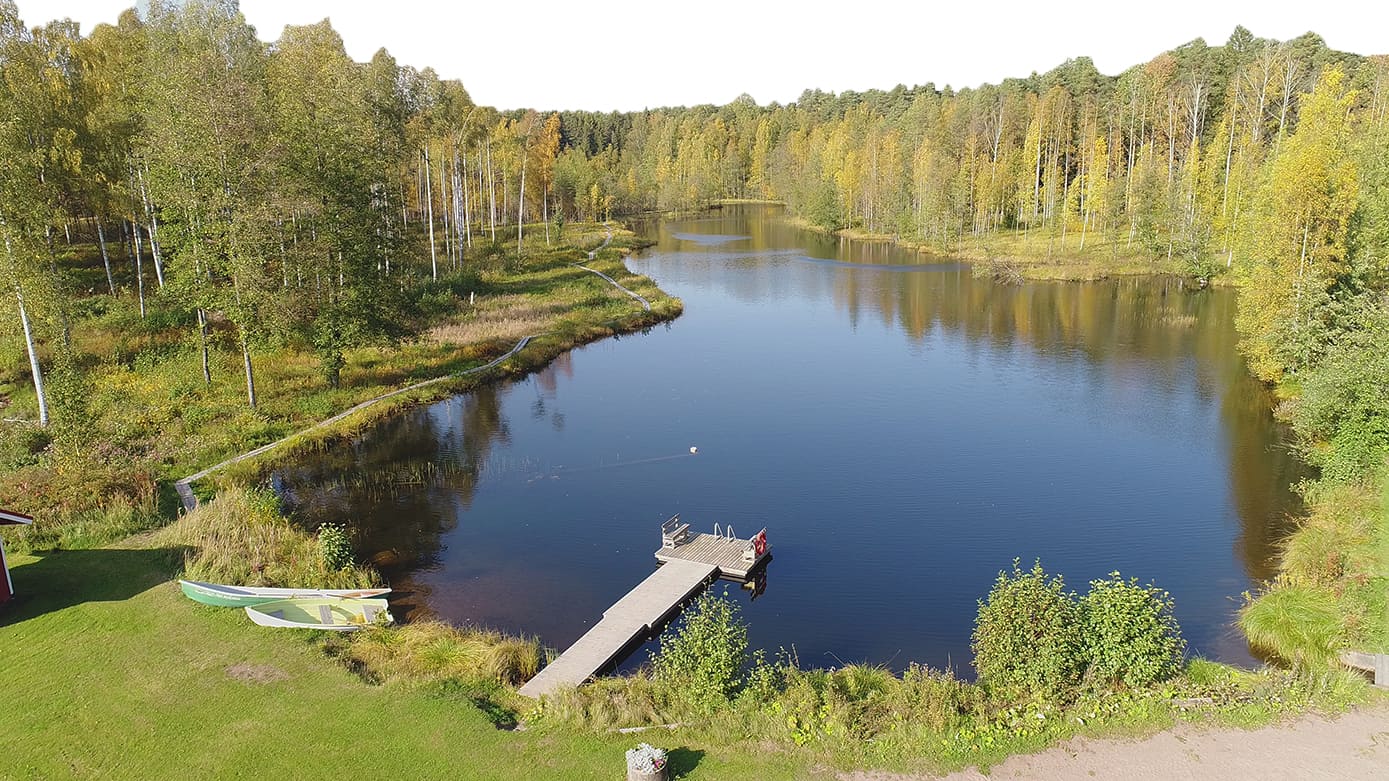The three-hectare Millspring (Myllylähde) in Oripää was once surveyed as the largest body of water in the Nordic countries with a flow rate of 6,000 cubic metres a day. At worst there was no flow at all, and it seemed like the spring was going to turn into swamp. But the resident association of Myllykylä and the municipality of Oripää decided to intervene.
The resident association of Myllykylä has for the past three years done communal work around the Millspring area. Now the bottom of the spring has been dredged, the vegetation on the beach cut, water weeds removed, and trees felled. The flow rate improved immediately and at the moment the water flow rate of the spring is 3,000 cubic metres a day already. Plants and animals typical of spring environment have started to reappear and new species as well.
– This year a grey heron and a crane have been spotted at the spring among others. Even a swan built a nest mound here, but eventually it nested in Hanhijoki. Even the flying squirrel has returned. Early marsh orchids and heath spotted orchids bloomed here all July and Arctic brambles were found for the first time, Jukka Tähkiö lists.
In the winter one can observe the life of ducks and with a bit of luck otters playing.
– I would still wish to see a white stork and brown trout make appearance in the area. The river trout population died out 20 years ago in Millspring, and now I await the day when they find their way back, he continues.
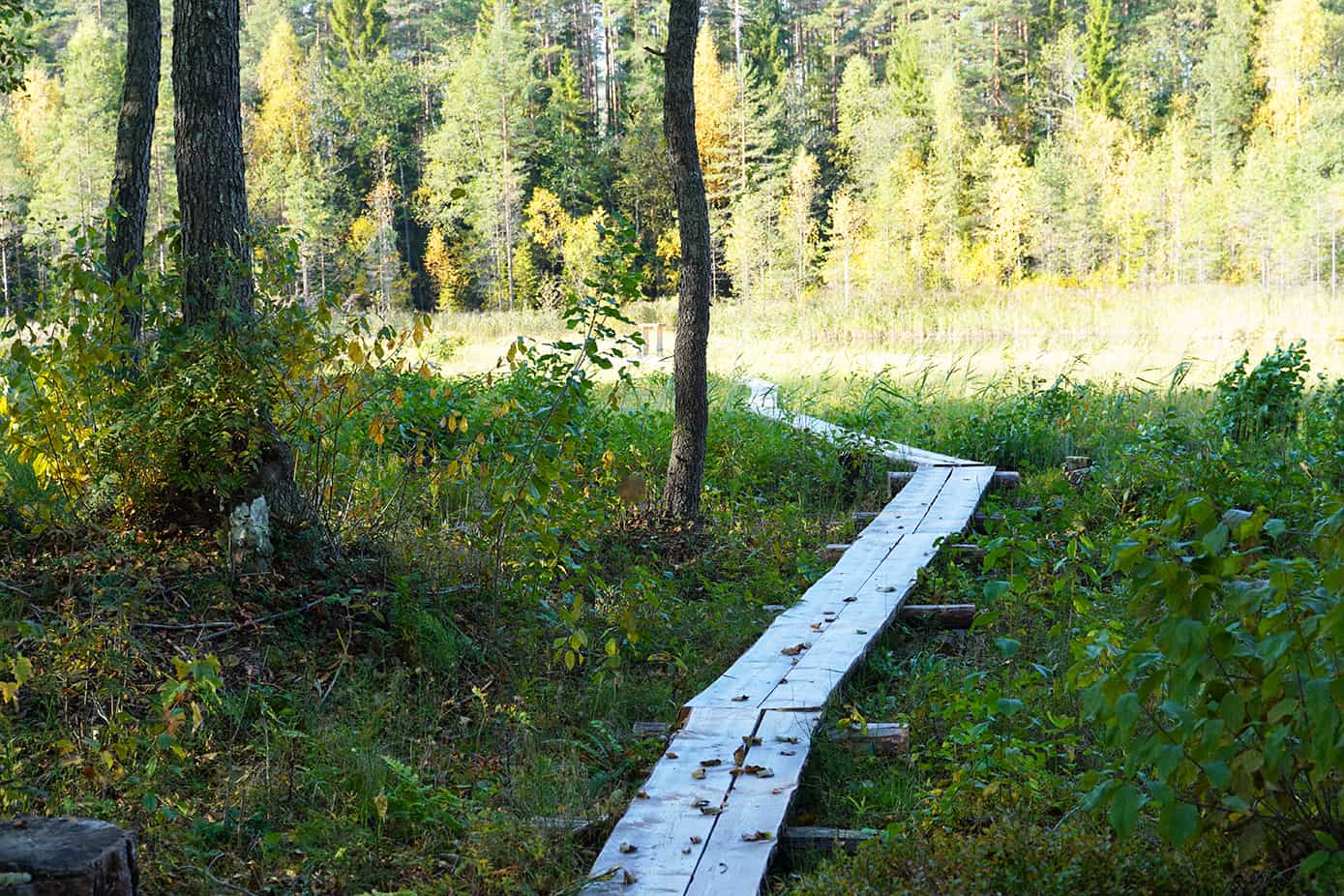
Tähkiö, who participated actively in the communal work, thinks that the state of the spring started to deteriorate when they started to pump water for the City of Turku from Virttaanharju.
– It was then that the flow rates of Millspring plummeted. And when the flow of cold water decreased, the temperature of the water went up, which again resulted in eutrophication of the spring. Then the algae problem appeared, Tähkiö summarises.
– A couple of years back, the water collection for Turku was so intense that the spring suffered from oxygen depletion, and the fish died, he continues.
During the communal work hundreds of cubic metres of trees and thicket were removed. From now on coppice is going to be removed every year, so that the spring would not become eutrophic again.
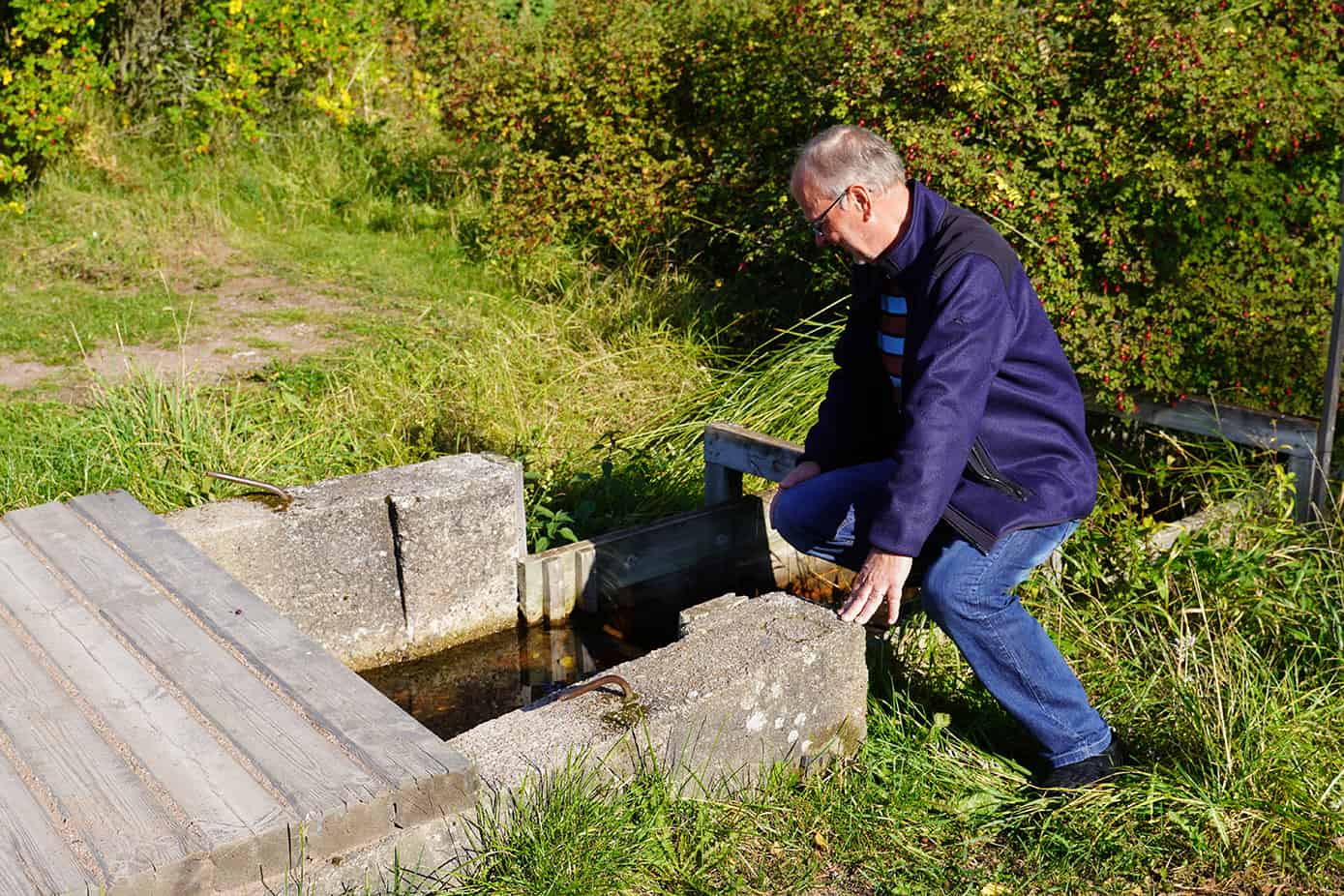
For the Nature
The restoration of Millspring was done as a Leader project funded by the South West Riverside Partners. As a part of the project a small nature trail was built around the spring. The trail of duckboards wind in the marshland around the spring. Millspring immediately became a popular recreational area where people visited to admire the scenery and endangered plants and animals. At the moment the area is full of tasty cranberries and the smell of the marsh is captivating.
To delight the visitors in the summer, sheep were brought to the area to feed, i.e. to continue the restoration work people started in the area. In addition, clear, clean water enticed people to take a swim.
The recreational use made possible by communal work is just the icing on the cake. The reason why tens of people had the energy to do hundreds of hours of communal work is, in fact, the Nature.
– We have been close enough to see the spring deteriorate year after year, and eventually the spring might have been destroyed, Tähkiö says.
– We were lucky that in the beginning of the project we had two very cold winters, the temperatures were low and there was only a little bit of snow. The spring area was so frozen through that we could use tractors and ATV’s. If we should have had to do everything by hand, we would still be clearing the brushwood, he continues.
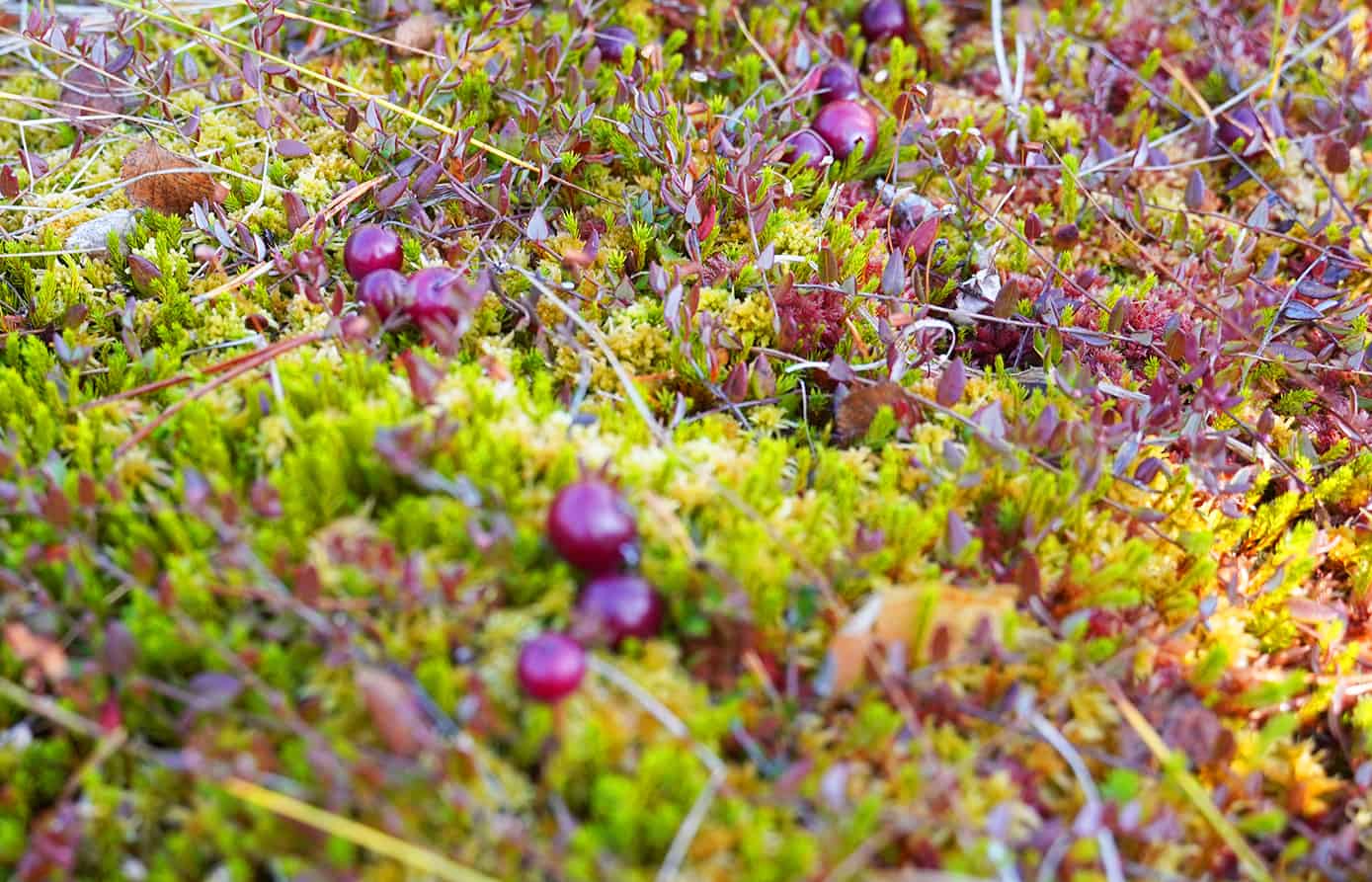
The almost 50,000-euro project was carried out with the support of the Rural Development Programme funds granted by the South West Riverside Partners, but also the municipality of Oripää played an important role in the project.
– We were fortunate to be able to employ Virve Koski as the project manager to take care of the funding and authorisation matters. Millspring is part of the Natura area and thus the authorisation process is extremely strict. If all the paperwork had been the association’s responsibility, the whole project had been undone, Tähkiö believes.
Even if there was a lot of communal work, the dredging work bumped up the budget in a way that the project would have been impossible without the Leader funding. Cooperation between the parties was excellent. The project clearly improved the spring area, and additionally, the increased flow rates have brought water also to Hanhijoki, where to Millspring flows.
A pond of their own and a common sauna for the villagers
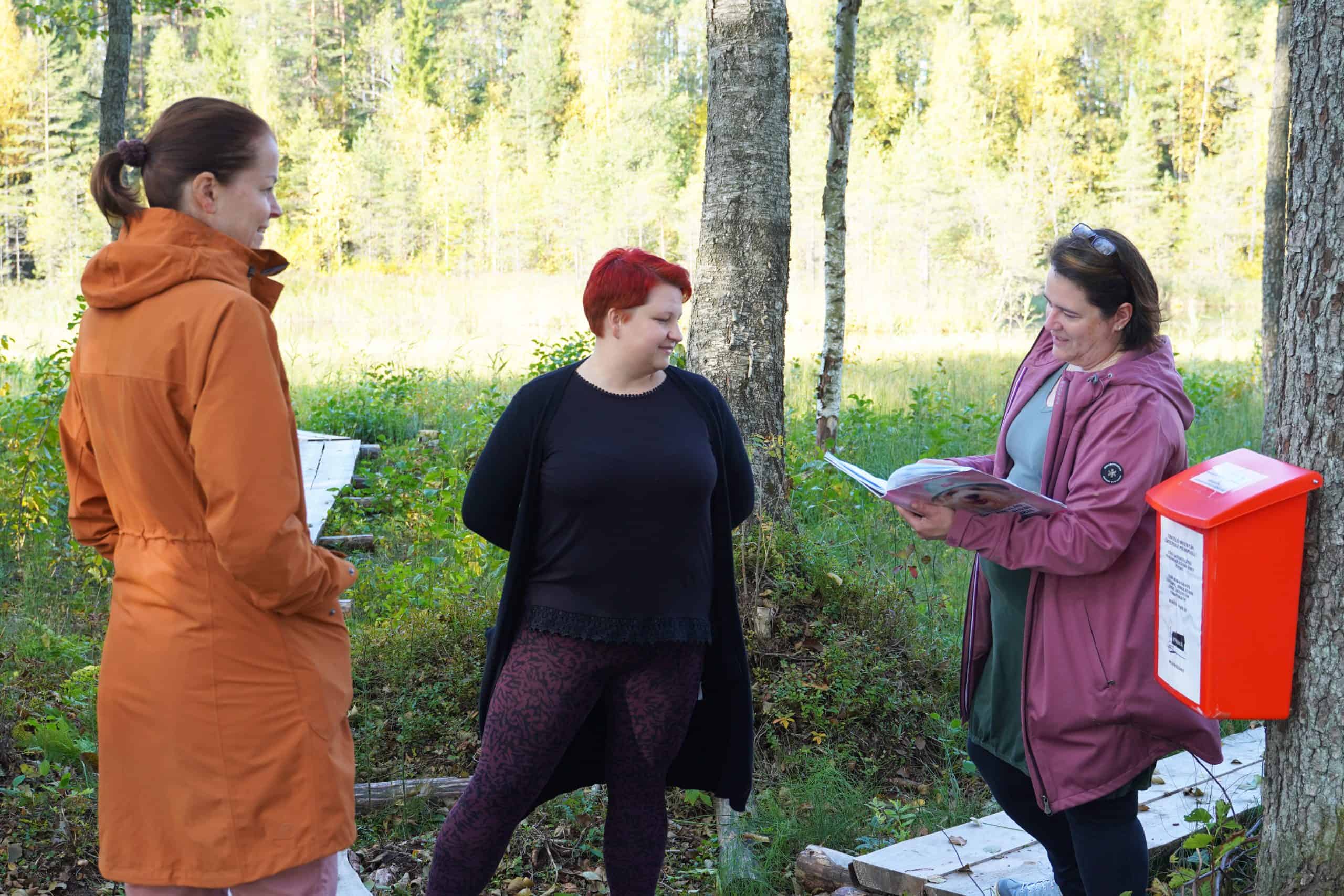
The people in the Myllykylä resident association are really active; they constantly work on multiple projects. The chairman of the board Katri Lähde and board members Tiia Virtanen and Henna Anttila say that alongside the restoration of Millspring there are numerous projects under way.
In 2000, the association built a sauna for the use of the villagers and later on dug a pond in front of the sauna.
– The water in the spring is so frightfully cold that we wanted to build a separate pond for swimming. The pond is connected to the spring by pipes, i.e. the water comes from the spring, but the water temperature in the pond is always a couple of degrees warmer than that in the spring. People sauna bathe here every Thursday all year round. And last year concrete stairway with heat pipes underneath, was built to make sure people could safely back and forth to the spring, they say.
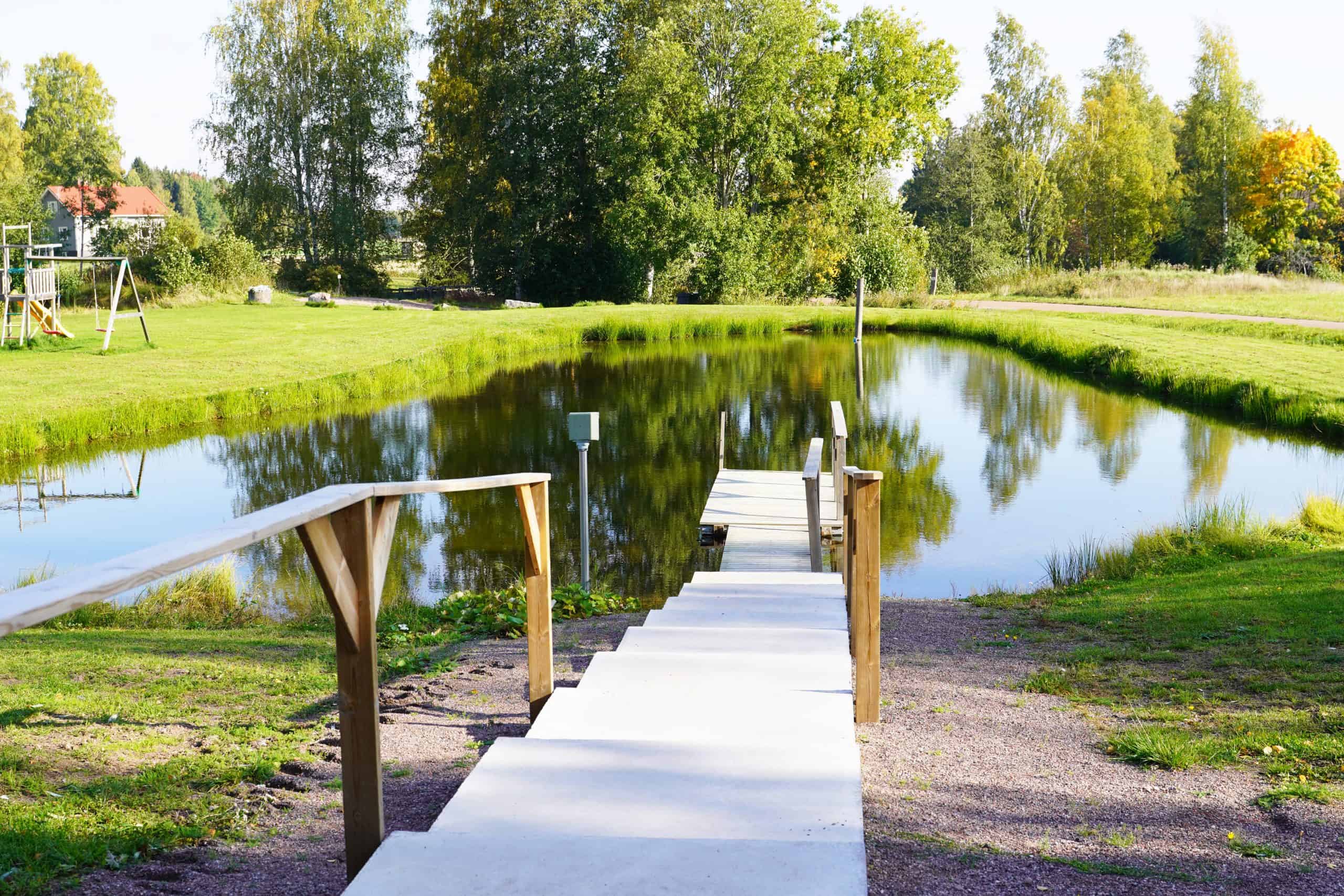
When there is no resident association activity in Lähteentupa, it can be rented out. In the summer there are reservations for almost every day.
The hottest attraction this autumn was the Robber’s Roast evening, which gathered almost the all the villagers together.
– And children can participate in everything. In the various bees the children’s names have been signed on lists even if they had only carried three twigs and eaten four sausages. This way children grow into being part of the community and learn to appreciate what is done together, they say.
The next project undertaken by the association is to build a flush toilet and a new sewage system in the building, this too as a Leader project in cooperation with the Riverside Partners. The project will improve user experience of the building but can be regarded an environmental achievement as well. In the groundwater zone, an up-to-date sewage system is of primary importance.
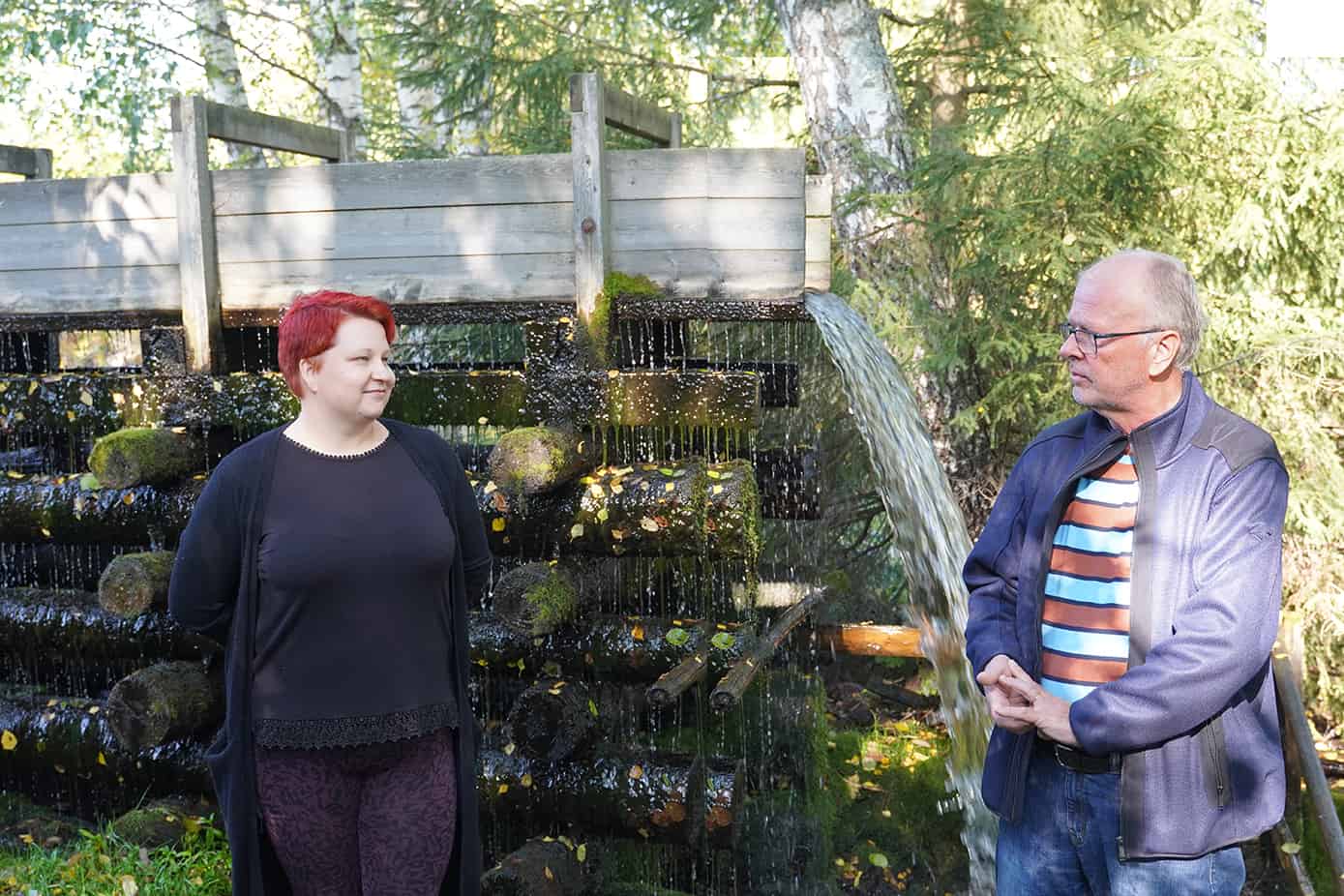
Text: Janica Vilen
Translation: Sirkku Viitanen-Vanamo

